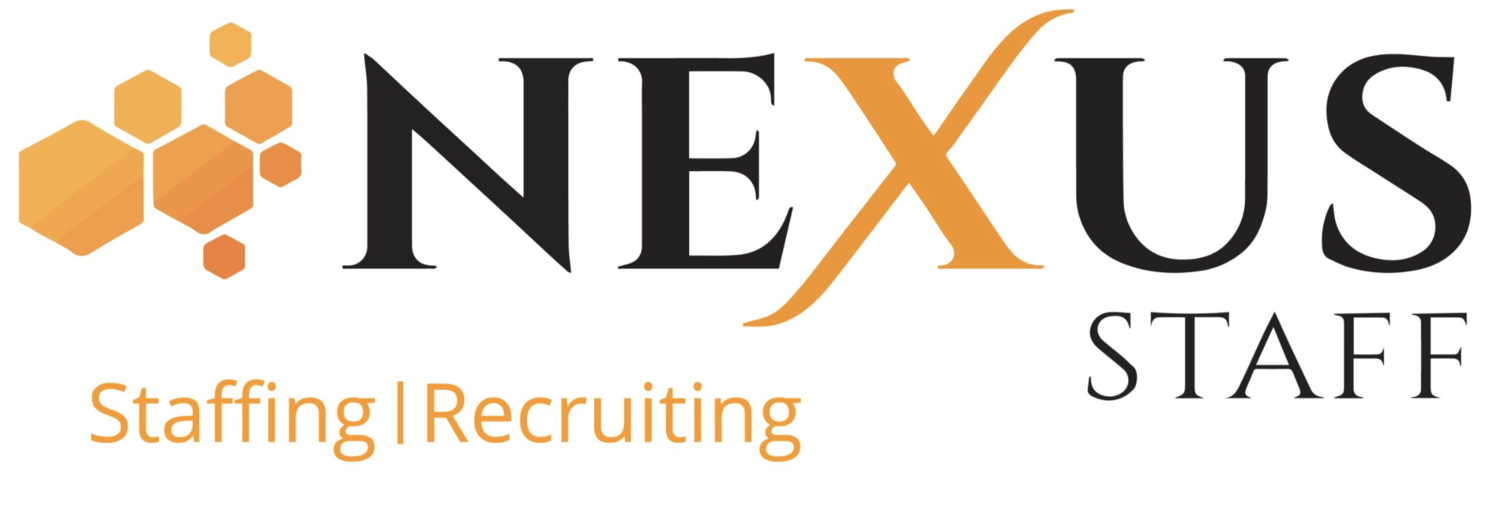What HR Needs to Know About the Employer Mandate
Reposted from Nash Insurance, Dec. 8, 2014, http://www.nashinsurance.com/team-nash-blog/On Jan. 1, the employer mandate provision of the Patient Protection and Affordable Care Act — also known as PPACA, ACA or Obamacare — will go into effect for some employers. This provision requires many U.S. employers to provide health insurance for their employees. Here’s what you need to know about the employer mandate.FTE LimitsIn 2015, the employer mandate only applies to businesses with more than 100 full-time equivalent employees, says Dave Waring, editor at FitSmallBusiness, but that number drops to 50 FTEs in 2016. “If you have less than 100 FTEs, then you are not required to provide health insurance to your employees in 2015 and there is no penalty,” he says. But be aware — employers are not allowed to reduce their employee ranks to stay below those levels, and must certify that any changes they do make are not an attempt to avoid the mandate.“If you have more than 100 FTEs, then you are required to provide health insurance to at least 70 percent of your employees in 2015 (95 percent in 2016), or pay a penalty,” Waring says. “The health insurance that you provide must also meet minimum standards.” The penalty you’ll pay for noncompliance is $2,000 per employee after the first 30 employees, and it isn’t tax-deductible. And even though the employer mandate only applies to companies with 100 employees or more starting Jan. 1, companies with 50 to 100 employees need to start now to establish the process for complying by Jan. 1, 2016, says Finny Varghese, founder and president of Nexus Staff, a staffing company serving government agencies and private companies. Part-Time HoursIt’s essential to keep track of part-time employee hours, Varghese says “Part-timers, workers clocking less than 30 hours per week, might become your FTEs. On a cumulative basis, part-time personnel could push companies over the 100 minimum full-time employee threshold during the look-back period for establishing a company’s benchmark,” he says. “This supporting data is highly critical going forward. Do the count.”In addition, carefully examine your 1099 workers to ensure they’re not misclassified. If an investigation finds they are employees rather than contractors, you will have to pay penalties for misclassification in addition to the penalties for non-coverage, if their hours affect your FTE numbers. Scrutiny for skinny plans low-benefit “skinny plans” gained some traction as a possible way to provide coverage and shield employees from the individual mandate, but some plans don’t meet the minimum value and affordability requirements. The Department of Health and Human Services and the IRS recently released guidance on skinny plans, saying those that don’t cover hospital care do not meet the minimum value requirement.“Plans that cap the number of hospital visits or offer no hospital coverage were believed to pass the ACA’s minimum value test if other coverage for doctors and prescription drugs was generous enough,” but now they do not, says Jonathan Schulman, president of Schulman Insurance. He says this will affect businesses such as restaurants and home health agencies, which traditionally have not offered health care benefits but may have spent the past year implementing skinny plans to reduce the penalties they would otherwise have to pay. Penalties for plans that don’t provide minimum value are the lesser of $3,000 per FTE receiving a tax credit or $2,000 per FTE, after the first 30. Employers that signed up before Nov. 4 on plans that go into effect before March 1 will not have to pay the penalty. Mary Ellen Slayter is managing director of Reputation Capital Media Services. She has more than 15 years of experience writing about HR and financial services as a journalist and marketer. Any opinions expressed within this document are solely the opinion of the individual author and may not reflect the opinions of Ebix or its personnel.

